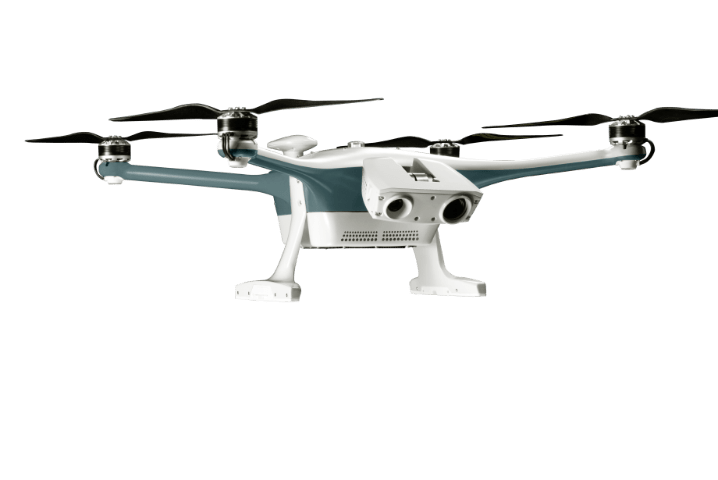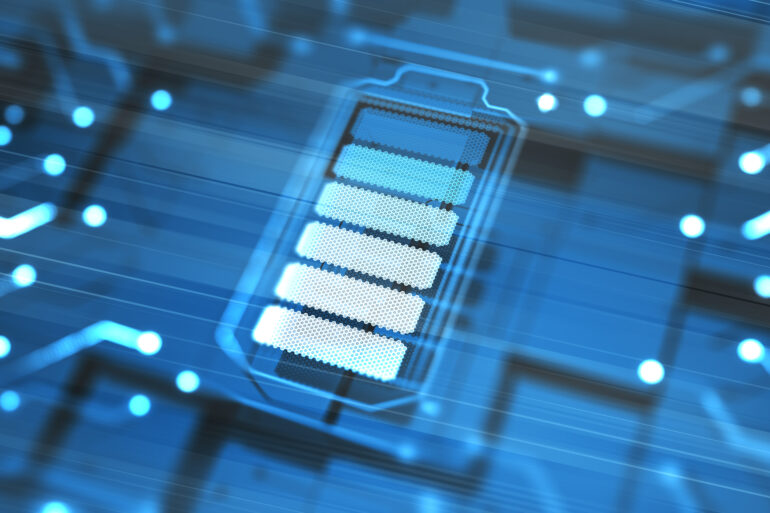Autonomous drones are a rapidly developing technology with the potential to revolutionize many industries. However, there are also a number of potential downsides to autonomous drones that need to be considered. Here are 10 of the most significant cons of autonomous drones:
- Safety concerns. Autonomous drones are still in their early stages of development, and there are a number of safety concerns that need to be addressed before they can be widely deployed. For example, autonomous drones could easily collide with other aircraft or objects, or they could malfunction and crash. There is also the potential for autonomous drones to be hacked or used for malicious purposes.
- Privacy concerns. Autonomous drones can be equipped with cameras and other sensors that can collect a vast amount of data about people and their surroundings. This data could be used to track people’s movements, monitor their activities, or even spy on them. There are also concerns that autonomous drones could be used to spread propaganda or disinformation.
- Environmental impact. The manufacturing and operation of autonomous drones can have a significant environmental impact. For example, the production of drones requires the use of plastics and other materials that can pollute the environment. The operation of drones also consumes energy, which can contribute to climate change.
- Economic impact. The widespread adoption of autonomous drones could have a significant impact on the economy. For example, autonomous drones could replace jobs in the transportation, delivery, and security industries. This could lead to job losses and economic hardship for some people.
- Technological limitations. Autonomous drones are still limited by a number of technological factors. For example, they have a limited range and battery life, and they can be easily affected by weather conditions. These limitations could prevent autonomous drones from being used in some applications.
- Regulatory challenges. There are a number of regulatory challenges that need to be addressed before autonomous drones can be widely deployed. For example, there is no clear international framework for regulating autonomous drones. This could lead to confusion and conflict between different countries.
- Public acceptance. The public may not be willing to accept autonomous drones, especially if there are safety concerns or privacy concerns. This could limit the market for autonomous drones and prevent them from being widely adopted.
- Military use. Autonomous drones could be used for military purposes, which could raise ethical concerns. For example, autonomous drones could be used to carry out targeted killings or to launch cyberattacks.
- Loss of control. Autonomous drones could operate without human intervention, which could lead to a loss of control. This could have serious consequences if a drone malfunctions or is hacked.
- Unintended consequences. The development and deployment of autonomous drones could have unintended consequences that are not yet fully understood. For example, autonomous drones could disrupt the natural environment or could lead to new forms of crime.
These are just some of the potential cons of autonomous drones. It is important to consider these factors carefully before autonomous drones are widely deployed. By addressing these concerns, we can help to ensure that autonomous drones are used safely and responsibly.
In addition to the cons listed above, there are also a number of other potential downsides to autonomous drones that are still being debated. For example, some people worry that autonomous drones could lead to increased surveillance and a loss of privacy. Others worry that autonomous drones could be used to spread misinformation or propaganda. It is important to continue to have these discussions as autonomous drone technology continues to develop.








